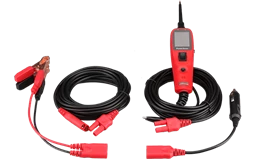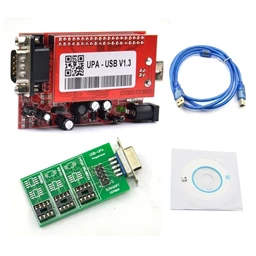Emission Control Systems and Common Problems of Modern Diesel Engines Modern diesel engines offer advantages such as lower fuel consumption and higher torque production, while at the same time having to meet stricter emission standards. Complex emission control systems such as Exhaust Gas Recirculation (EGR) and Diesel Particulate Filter (DPF) have been developed to meet these standards. The EGR system works by lowering the temperature in the combustion chamber and reducing harmful Nitrogen Oxide (NOx) emissions, while the DPF prevents harmful soot particles from being released into the atmosphere by capturing Tue gases. However, these sophisticated systems can fail for various reasons over time and can lead to problems such as a decrease in vehicle performance, an increase in fuel consumption, and warning lights coming on. EGR and DPF failures are one of the most common problems faced by diesel vehicle owners and servicers and are looking for solutions. In this comprehensive guide, we will discuss in detail what EGR and DPF systems work for, why they fail, fault symptoms, diagnostic methods and professional solutions offered by Nitro Bilişim (EGR valve cleaning/replacement, DPF cleaning/regeneration, software solutions and legal/environmental aspects of these solutions). What is an EGR (Exhaust Gas Feedback) System and Why Does It Malfunction? The EGR system reduces the amount of oxygen in the combustion chamber and therefore the combustion temperature by sending some of the exhaust gases (usually 5% to 15%) back to the intake manifold. In this way, the amount of harmful NOx emissions generated at high temperatures is reduced. The Basic Components of the EGR System: * EGR Valve: It is the main component that controls the amount of exhaust gas to be sent back to the intake manifold. It can be electronic or vacuum controlled. * EGR Cooler (In Some Vehicles): It increases the density by cooling the returned exhaust gases and contributes to combustion efficiency. * Connecting Pipes and Sensors: Pipes that carry the exhaust gas and sensors that monitor whether the system is working properly (for example, the EGR position sensor). Common Causes of EGR Failures: * Accumulation of Soot: Carbon (soot) deposits accumulated over time in the EGR valve and pipes can prevent the valve from working properly (plugging in, not fully closing/opening). * EGR Valve Mechanical Failure: Rupture of the diaphragm inside the valve, breakage of the spring or failure of the motor. * EGR Cooler Leaks or Blockage: There is a leak in the cooler or it is blocked with soot. * Sensor Malfunctions: The EGR position sensor or other related sensors send incorrect information. * Vacuum Line Problems (In Vacuum Controlled Systems): There is a tear or leak in the vacuum hoses. Symptoms of EGR Malfunction: * The engine fault lamp (Check Engine) is lit. * Decrease in vehicle performance, especially unwillingness to accelerate. * Irregularity at idle, misfire. * Increase in fuel consumption. * Black smoke coming out of the exhaust (especially if there is a lot of soot accumulation). * Knock-on operation of the engine. What is a DPF (Diesel Particulate Filter) System and Why Does It Fail? DPF is a filter installed in the exhaust system of diesel engines that captures harmful soot (soot) particles in the exhaust gases. Thanks to this, fine particle emissions, which cause air pollution, especially in the city, are significantly reduced. The Principle of Operation of the DPF System and Regeneration: DPF becomes clogged due to soot particles that accumulate in it over time. To remove this blockage, the filter cleans itself through a process called “regeneration”. During regeneration, by raising the exhaust gas temperature (usually 550-650°C), the soot accumulated in the DPF is burned and converted into ash. * Passive Regeneration: When the vehicle is used on a long road or at high speed, it occurs spontaneously with a natural increase in the exhaust temperature. * Active Regeneration: When the ECU detects that the filter is clogged according to the data from the DPF pressure sensors, it artificially increases the exhaust temperature by changing the operating parameters of the engine (for example, by spraying extra fuel) and initiates regeneration. This process usually takes place without the driver noticing. * Mandatory (Service) Regeneration: In cases where passive and active regeneration are insufficient, the DPF warning light turns on and the vehicle may need to be taken to the service and mandatory regeneration may need to be performed with a special fault detection device. Common Causes of DPF Failures: * Frequent Short-Distance and Low-Speed Use: This type of use causes passive and active regeneration to fail to complete and the DPF to clog rapidly. * Improper Use of Engine Oil: Engine oils that are not low-ash (Low SAPS) lead to faster clogging of the DPF. • Other Engine-Related Failures: Conditions such as defective injectors, turbo problems, EGR failures, or air flow sensor problems can clog the DPF, causing excessive soot production. * DPF Pressure Sensor or Temperature Sensor Failures: Incorrect information from these sensors may cause the regeneration process not to work properly. * Completion of the Life of the DPF: DPFs are also completely full due to the ash accumulated in them over time (residues that are not burned by regeneration) and may need to be replaced. Symptoms of DPF Failure: * DPF warning light is on. * The engine failure lamp is lit. * Significant decrease in vehicle performance, “falling out of traction”. * Increase in fuel consumption. * White or blue smoke coming out of the exhaust (it may be a sign of failed regeneration attempts or fat burning). * Self-protection of the engine (Limp Mode), speed limitation. • Frequent active regeneration trials. Diagnosis of EGR and DPF Failures Accurate diagnosis of EGR and DPF failures is critical to prevent unnecessary part replacements and permanently solve the problem. Professional fault detection devices such as Autel, Launch offered by Nitro Bilişim are indispensable in this process: 1. Reading of Fault Codes (DTC Analysis): By connecting to the ECU with the device, all recorded fault codes related to EGR and DPF are read and their meanings are examined. 2. Live Data Monitoring (Live Data): - For EGR: EGR valve position, EGR flow rate, related sensor values (temperature, pressure) are monitored. - For DPF: Parameters such as DPF differential pressure sensor values (indicating the filter occupancy rate), exhaust temperature sensor values, final regeneration time and distance, ash quantity are examined. 3. Active Tests and Component Controls: - EGR Valve Test: The EGR valve is manually opened and closed via the device to check whether it is working and whether it remains plugged in. - Mandatory DPF Regeneration: Service regeneration can be started using the device. 4. Physical Controls: - It is visually checked whether there is an accumulation of soot in the EGR valve and pipes. - The DPF is checked for physical damage, cracks or excessive soot accumulation (by dismantling if necessary). - Vacuum lines and electrical connections are checked. Solution Methods for EGR and DPF Failures Different solution methods can be applied according to the type and severity of the failure: 1. EGR System Solutions * EGR Valve Cleaning: EGR valves that remain installed or do not work properly due to soot accumulation can be saved by special cleaning sprays or manual cleaning by disassembly. * EGR Valve Replacement: EGR valves that do not improve with cleaning or are mechanically defective must be replaced with a new one. * EGR Cooler Cleaning/Replacement: Clogged or leaking EGR coolers can be cleaned or replaced. * Software EGR Solutions (EGR Cancellation - Attention!): In some cases, the EGR system may be disabled software-wise. However, this process has legal and environmental consequences: - Advantages (Claimed): cleaner engine keeping, performance improvement, prevention of soot accumulation Jul. - Disadvantages and Risks: increase in NOx emissions, inability of the vehicle to meet legal emission standards, risk of failure to pass inspection, difficulty in adapting to different operating conditions of the engine, negative impact on engine life in some cases. - Nitro Informatics Note: EGR cancellation should be evaluated only with special circumstances and expert advice, taking into account legal regulations and environmental responsibilities. Nitro Bilişim informs its customers about the potential consequences of such transactions.
2. DPF System Solutions * Mandatory (Service) DPF Regeneration: Cleaning of the DPF by putting it into forced regeneration mode with a fault detection device. • DPF Cleaning (Professional): Removing the DPF and cleaning it professionally using special chemicals and machines. This process can also reduce the amount of ash accumulated. * DPF Replacement: Replacement of DPFs that cannot be saved by cleaning, have completed their service life or have been physically damaged with a new one (original or a quality subsidiary industry). * Software-Based DPF Solutions (DPF Cancellation - Attention!): The DPF system can be disabled software-wise, and the filter can be physically disassembled or emptied. However, this process also has serious legal and environmental consequences: - Advantages (Claimed): elimination of DPF clogging problem, performance improvement, reduction in fuel consumption. - Disadvantages and Risks: Serious increase in harmful particle emissions, inability of the vehicle to meet legal emission standards, risk of failure to pass inspection, environmental pollution, black smoke emission from the exhaust, heavy fines and bans from traffic in some countries. - Nitro Informatics Note: DPF cancellation is a process that should be strictly avoided or evaluated very carefully, taking into account legal regulations, environmental impacts and future use of the vehicle (for example, going abroad). Nitro Bilişim offers solutions primarily for the repair and cleaning of DPF. Tips for Preventing EGR and DPF Failures * Use High-quality Fuel: Low-quality fuels can cause more soot formation. * Choose the Right Engine Oil: Use the manufacturer's recommended low ash (Low SAPS) engine oils, especially for vehicles with DPF. * Do Regular Long-Distance Driving: Drive your car Decently (usually over 60-80 km/h) for at least 20-30 minutes from time to time so that the DPF can perform passive regeneration. • Do Not Disrupt Engine Maintenance: Regular replacement of parts such as air filter, fuel filter and control of injectors prevents excessive soot formation. • Do Not Neglect the Fault Lights: When a warning light about EGR or DPF comes on, show the problem to a specialist without postponing it. Professional Solutions to EGR and DPF Problems with Nitro Bilişim As Nitro Bilişim, we offer comprehensive services and professional equipment for the diagnosis and solution of EGR and DPF failures: * Advanced Fault Detection Devices: Accurate and fast diagnosis with EGR and DPF diagnostic specialized devices of brands such as Autel, Launch. * Professional DPF Cleaning and Regeneration Services: Effective cleaning and mandatory regeneration solutions for clogged DPFs. * EGR Valve Cleaning and Replacement: Repair or replacement services for defective EGR valves. * Information and Consultancy on Software Solutions: Transparent information about the potential advantages, risks, legal and environmental dimensions of transactions such as EGR/DPF cancellation. * Supply of Original and High Quality Spare Parts. Take Care of Your Emission Systems, Drive Smoothly! EGR and DPF systems are important components that ensure that modern diesel vehicles are environmentally friendly. Failures occurring in these systems can negatively affect both the performance of your vehicle and lead to serious repair costs. You can overcome EGR and DPF problems with regular maintenance, correct usage habits and professional intervention in case of malfunction. Nitro Bilişim is your reliable solution partner for all your automotive diagnostic and repair needs, especially for EGR and DPF failures. Do not hesitate to contact our expert team for any problems you are having with your vehicle's emission systems.

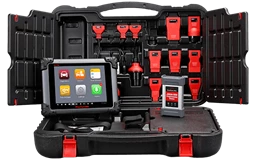
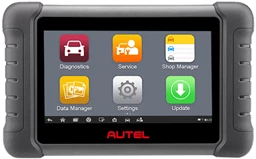
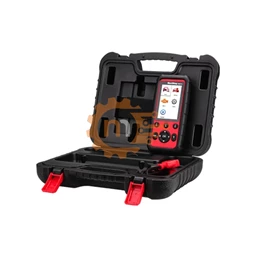
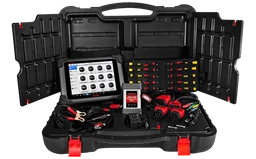
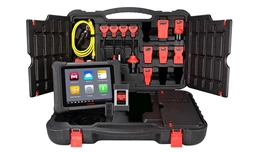

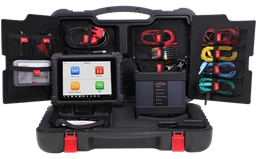


.webp?size=256)

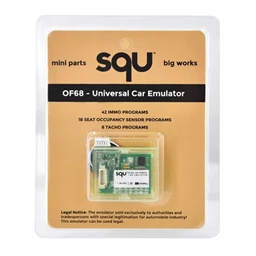


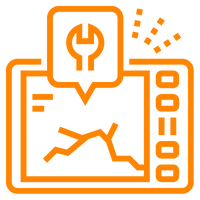

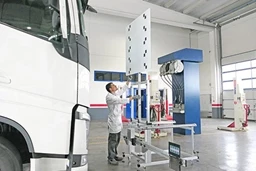
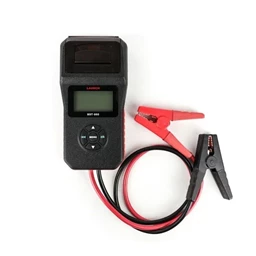
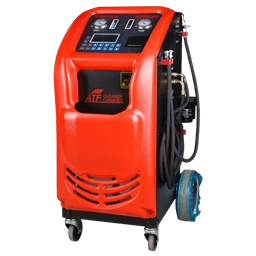
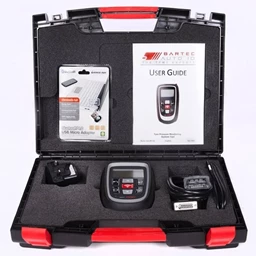
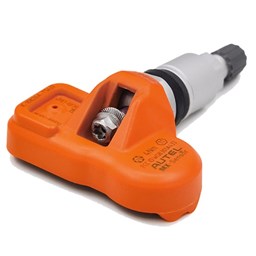
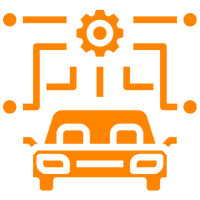
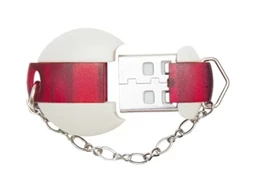


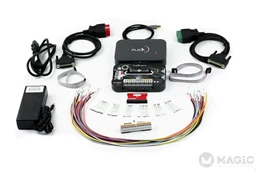

 Cihazı.webp?size=256)

